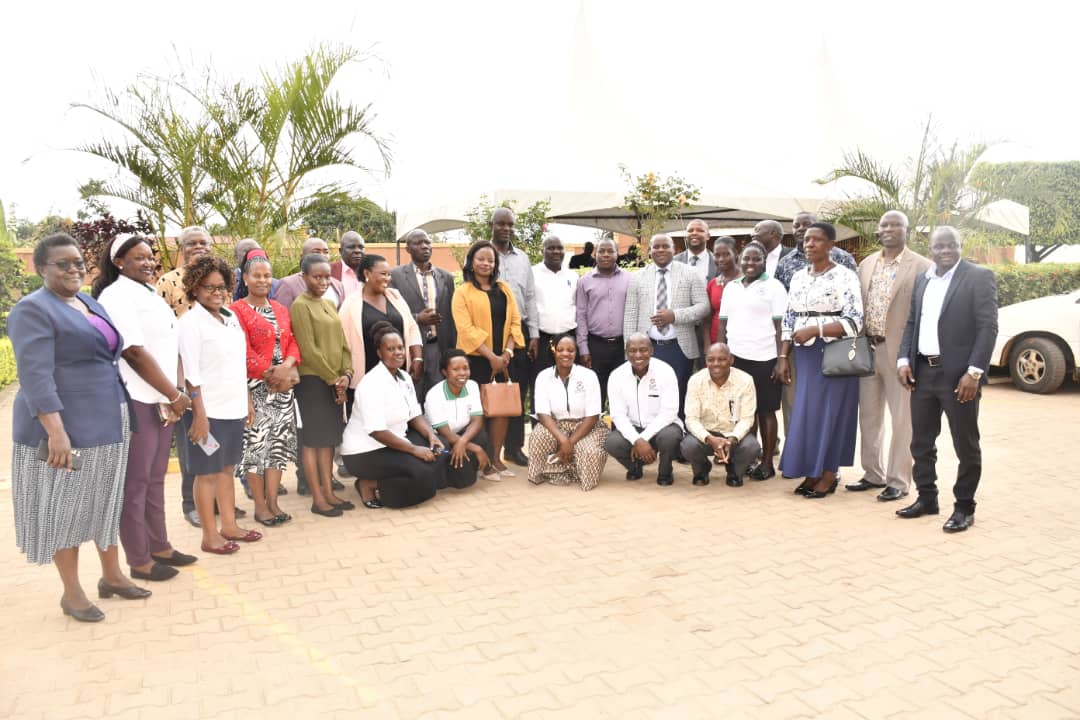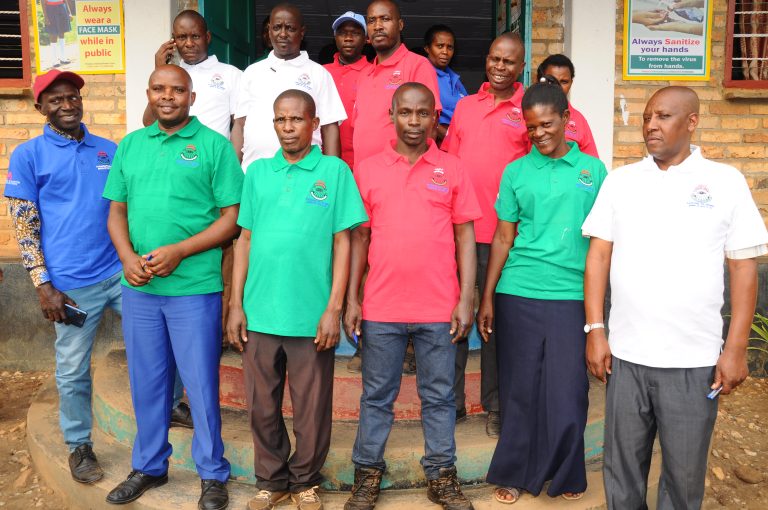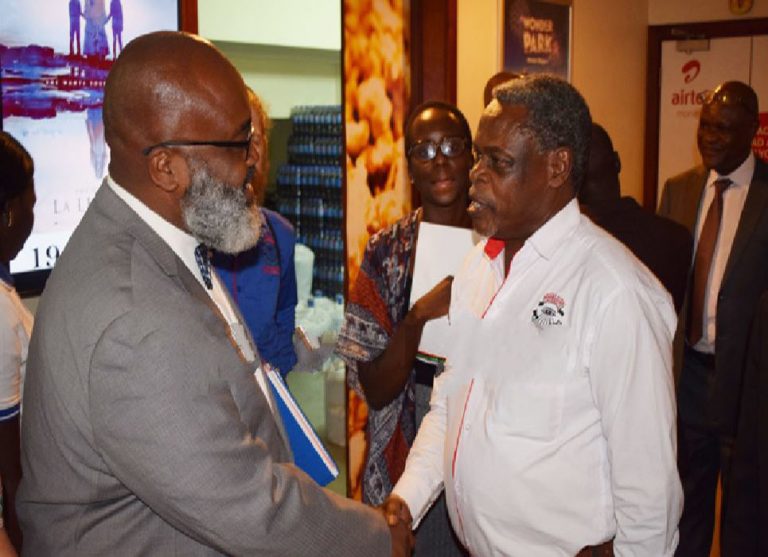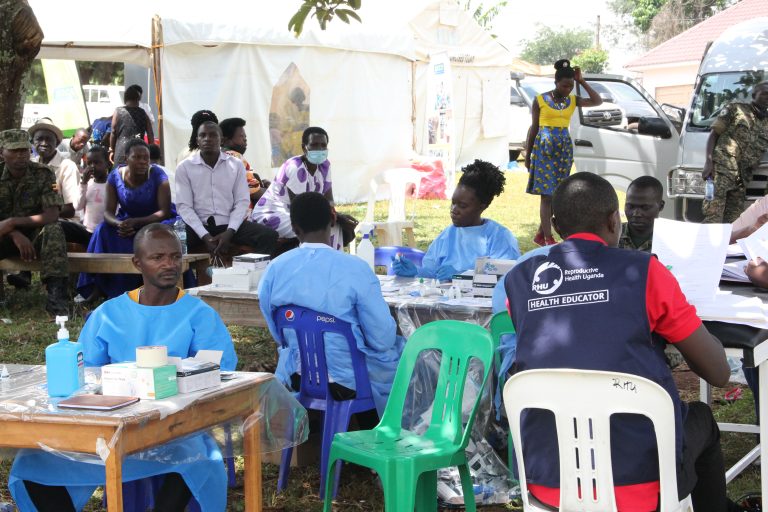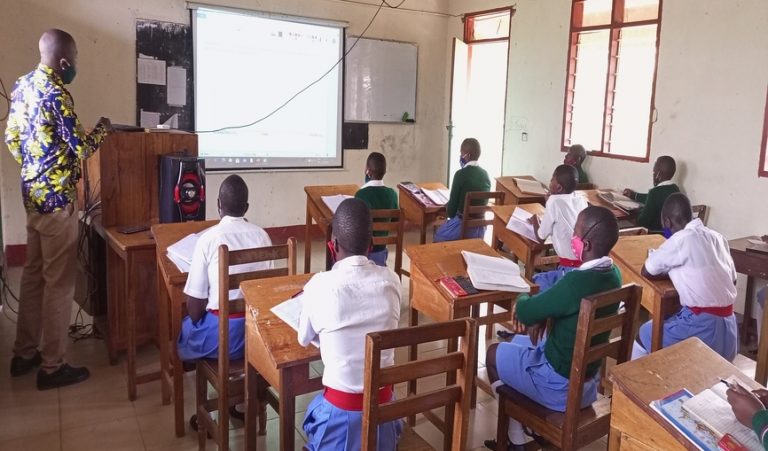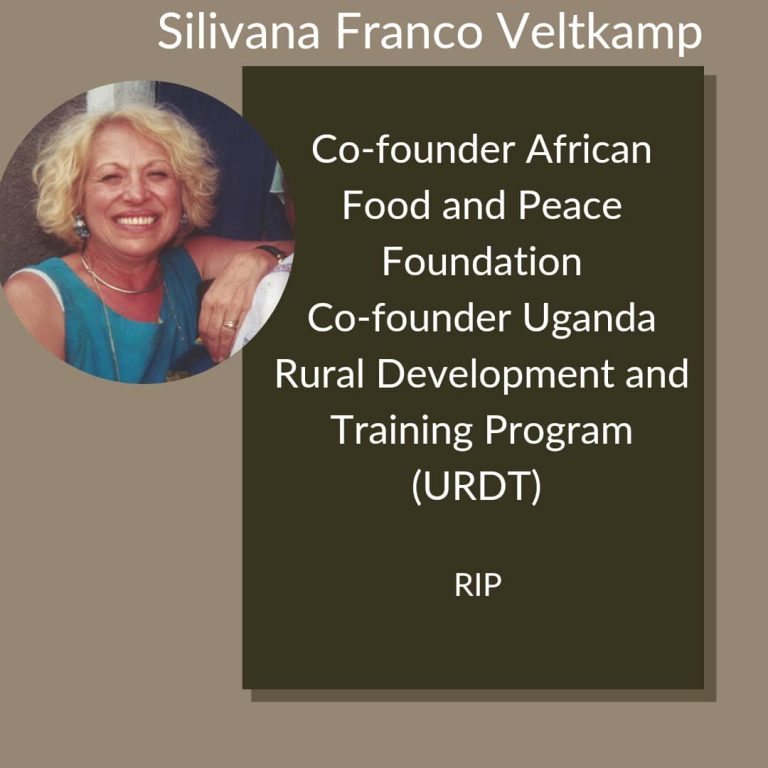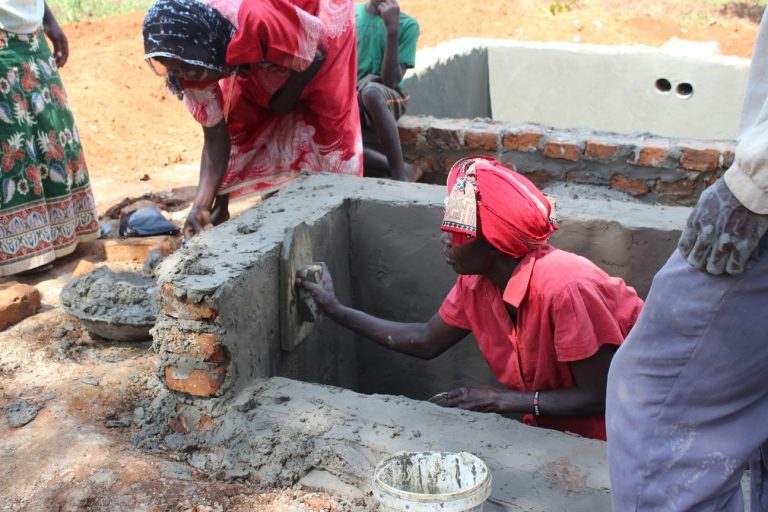The leadership of twenty districts and four Refugee Settlements in Mid-West and Mid-Central Uganda have acknowledged URDT-I for the transformative changes it has brought to the communities by enabling youth to transition to work in the private sector. This acknowledgment came during stakeholder review and reflection meetings held by URDT-I from the 11th to the 13th of September 2023 at Prime Rose Hotel, New Fort View Hotel, and Hoima Buffalo Hotel where a total of 64 officials (17 female and 14 male) reflected, networked, shared knowledge and committed themselves to link the young people to government programs to boost transition to work.
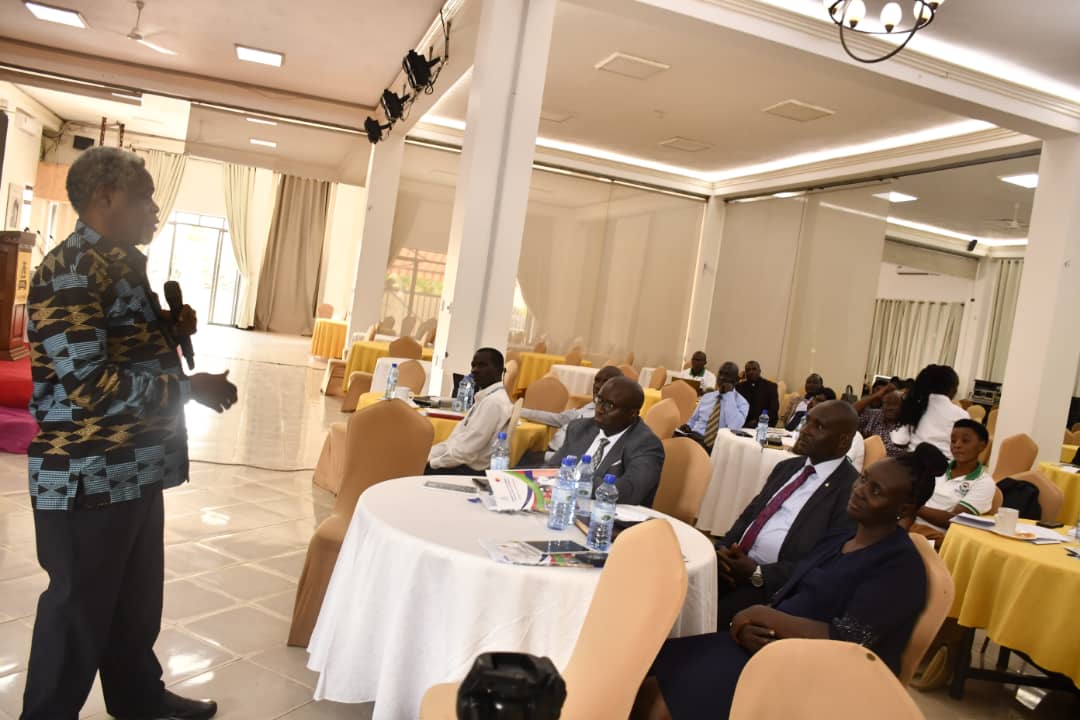
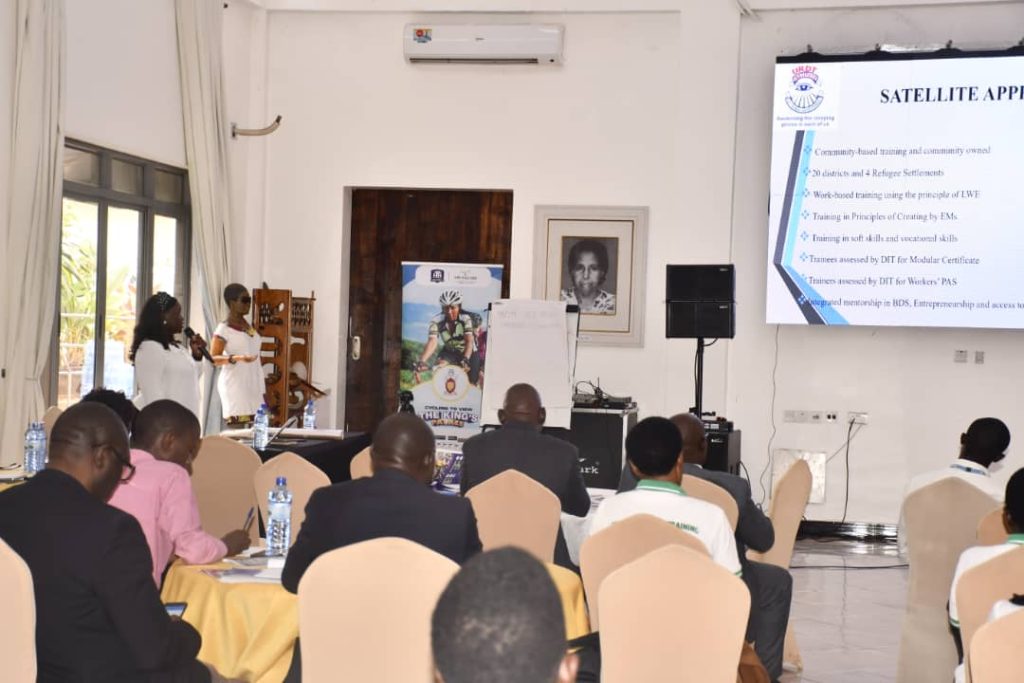
Epicenter Managers in delivering the soft skills in their respective districts of operation. He also added that Uganda has a big number of youth with enough education but are not doing anything with it. “We should jubilate for URDT is lifting us as government to address the gaps of youth unemployment.”
Meanwhile Dr.Mwalimu Musheshe, the Board Chairman, Uganda Rural Development and Training Program (URDT) also Vice Chancellor, African Rural University (ARU); assured the district leadership that URDT has continuously enabled youth and rural people to be self-reliant with meaning to contribute locally, building a youth sector that is functional and purposeful. Therefore, URDT work should be embedded in the district work plans”. He emphasized.
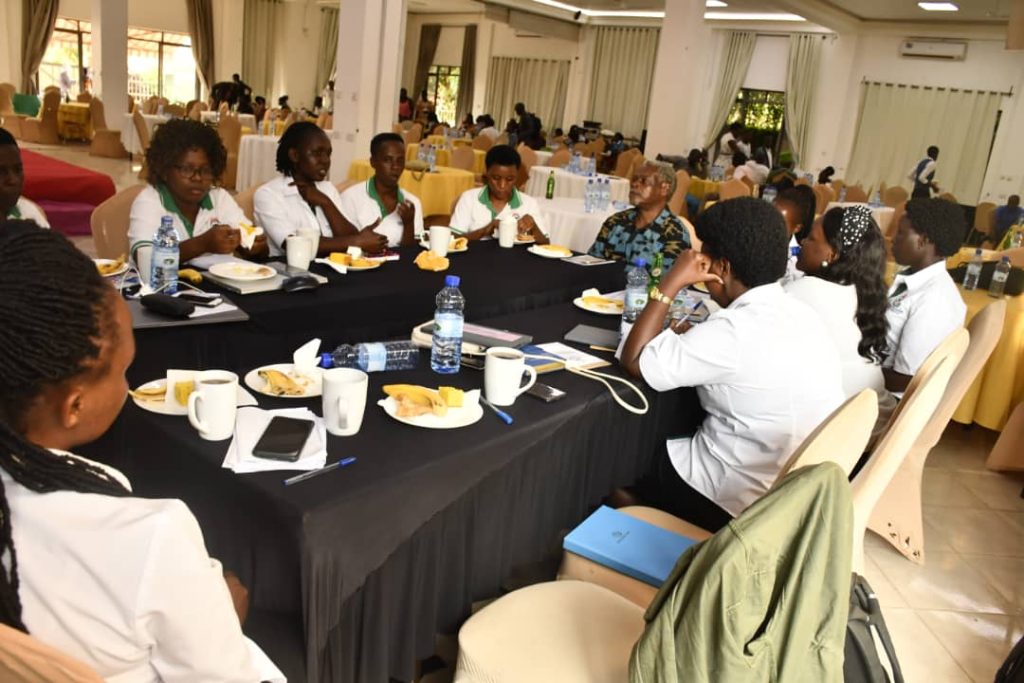
Uganda Rural Development and Training Institute (URDT-I) is partnering with Mastercard Foundation in Skilling Young People for Entrepreneurship and Dignified Employment.URDT-I innovated a unique model of training known as the Satellite Approach, an off Campus training approach where URDT-I contracts Artisans and Agribusiness Practitioners to skill youth of 18-35 years in the sectors of Agriculture, Construction and Tourism. They train from their workshops, farms, garages and salons within their communities and thereafter enable transition to work. 80% to be self-employed while 20% get employed URDT-I targets to train 70,000 young people, 70%female, 5%PWDs, 30% displaced persons by 2025.
To date, URDT-I has trained 41,915 young people of whom 24,781 are female, 6,839 are refugees 19,563 youth are in work and the total female youth in work are 11,119. The Satellite model was innovated after the closure of training institutions due to the outbreak of corona virus in 2020 where school going children were stopped attending schools but training in the communities continued as young people under the Satellite Approach of training continued learning while working and earning.

